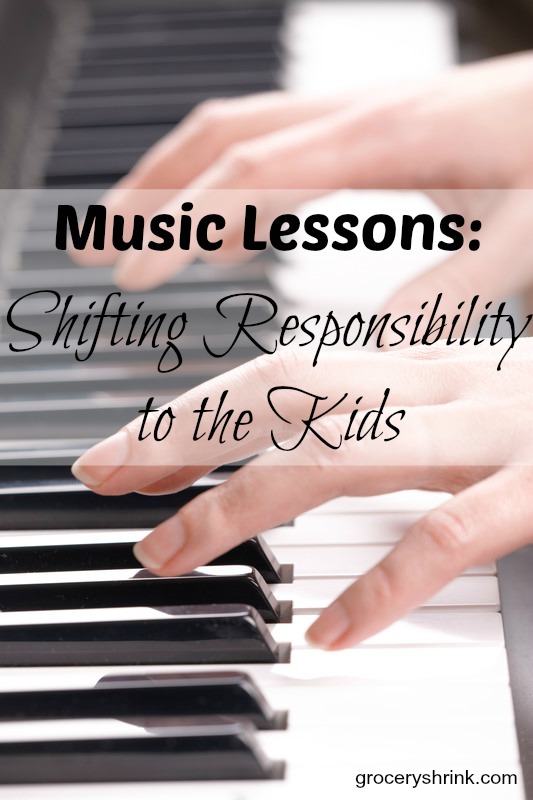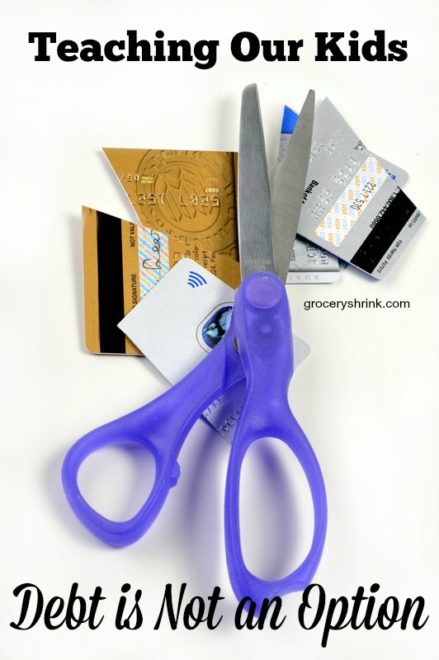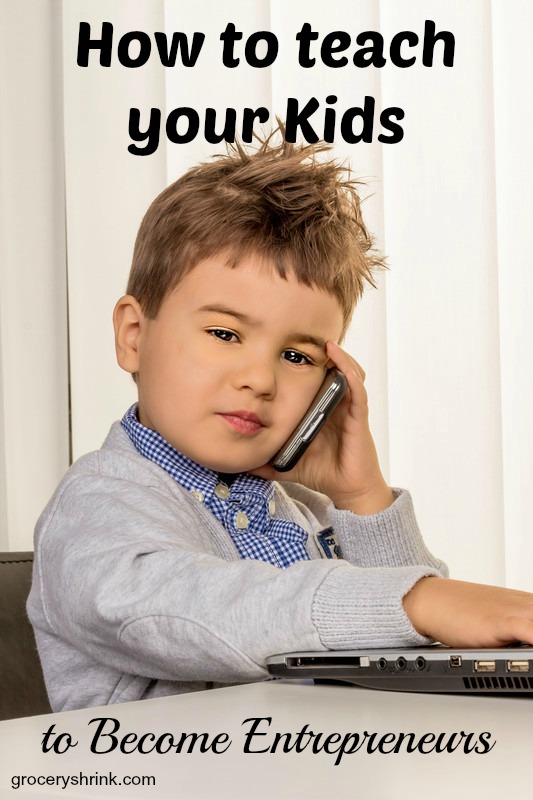Yesterday I had so much fun with my kids that I completely forgot about the 31 day challenge. We cleaned house, went to a birthday party, had a friend over for dinner and games and then hosted the church youth group for a movie night and snacks. It’s the kind of day that you wish every day was like, and the best part—my house is still clean <3.
I may write an extra post at the end, but I’m not going to stress about it. Instead, I’ll jump right into this week’s theme — “Teaching kids to understand what things cost” starting with food.

This whole parenting thing is about getting the kids ready to do life without us. One of the most important money things we can teach them is how to not spend a WAD at the grocery store every time they go, but still get healthy foods. That starts with teaching them how to not make US spend a wad every time we go to the store. (We do not negotiate with terrorists–or screaming toddlers.)
Basic healthy foods aren’t that expensive. It’s the fun stuff that adds up quickly. Our kids have learned that we buy a little bit of the fun stuff, but it’s a rare treat. The best part is when a treat is rare, it’s more exciting than when you get to eat it all the time.
To teach my kids what things cost, I have them look at the grocery ads with me to get an idea of what sale prices are at the various stores in our area. We plan our trip based on the best sales that week. Then I take them shopping 1 or 2 at a time and have them help me decide which items are the best value.
We divide the price by the number of ounces or servings to figure out the cost per unit. Then can compare and decide whether it saves money to buy bigger packages. Often it doesn’t–especially at Wal-mart. One of the keys to saving money is to never assume somethings a better buy…take a second to do the math.
Once they are old enough and trustworthy enough (which totally varies from child to child,) I send them into the store to grab a short list of items while I wait outside. These solo flying sessions teach them the most. It’s like how we remember how to get places when we drive there ourselves, but not so much if we were just the passenger. The first time I let them do this I was terrified that something would go wrong, even though we were at our small neighborhood Aldi and I was right there. It was fine (even though my daughter thought the cabbage was head lettuce–we just adjusted our recipe :).) The youngest child I’ve sent in this way was 11, but sometimes I’ll let a younger sibling go with their 15yo sister.
It’s much easier to learn thrifty shopping as a kid than to try to change your way of thinking as an adult. It’s something I learned at my mama’s side and passing on to the next generation.
This is day 18 of our series 31 Days of Kids and Money













